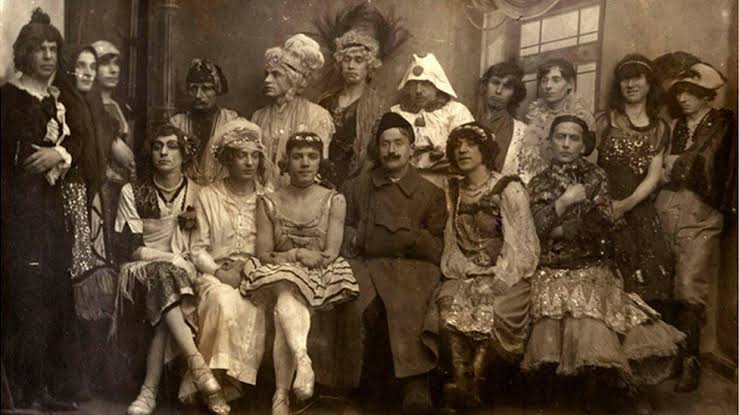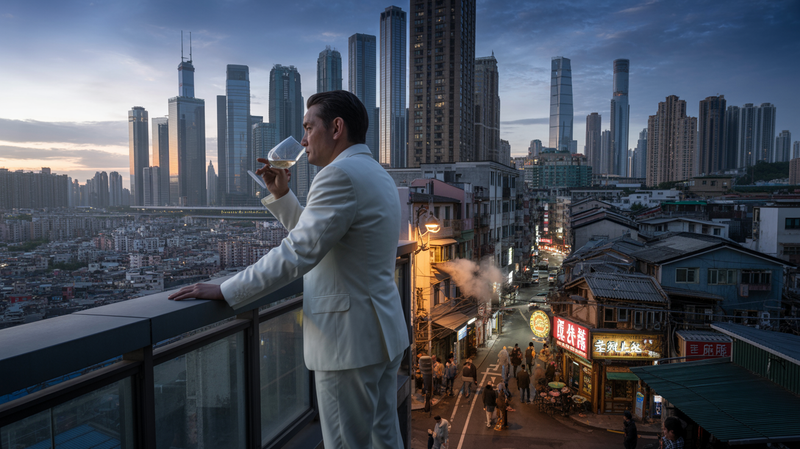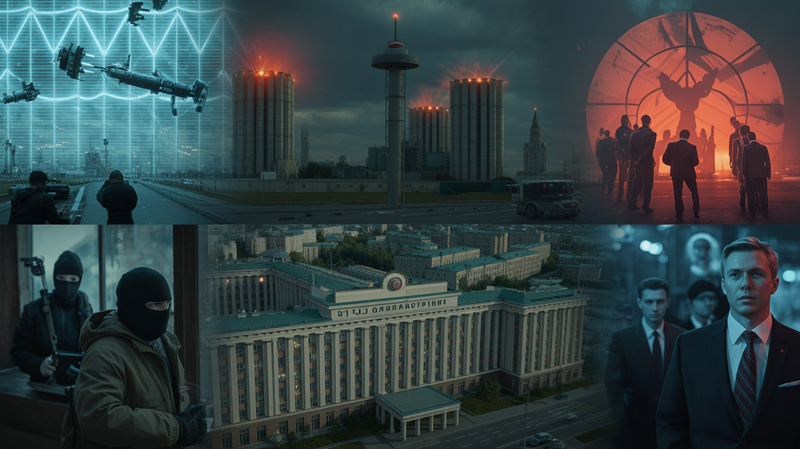The Evolution of LGBTQ+ Rights in Russia: An Historical Overview
The topic of LGBTQ+ rights in Russia is a complex and convoluted one, marked by periods of relative freedom and harsh repression. The country's attitudes and laws around homosexuality have seen dramatic shifts over the centuries, reflecting changing political, social, and cultural ideologies. In pre-revolutionary Russia, under Tsarist

The topic of LGBTQ+ rights in Russia is a complex and convoluted one, marked by periods of relative freedom and harsh repression. The country's attitudes and laws around homosexuality have seen dramatic shifts over the centuries, reflecting changing political, social, and cultural ideologies.
In pre-revolutionary Russia, under Tsarist rule, homosexuality was criminalized and treated as a sin and a crime. Society largely followed Orthodox Christian teachings which labeled homosexuality as immoral. "Sodomy" laws were in place, and those found guilty of such "crimes" faced significant punishment.
However, the Russian Revolution in 1917 ushered in a period of significant change. With the Bolsheviks’ rise to power, a wave of progressive reforms swept across Russia, including the decriminalization of homosexuality. This was a significant break from the past and positioned Soviet Russia as one of the more progressive nations in terms of LGBTQ+ rights during that period. Yet, despite this legal reform, societal attitudes toward homosexuality remained largely negative and homophobic sentiment was prevalent.
The exchanges between Lenin and Trotsky, two central figures in the revolution, might have played a role in these early reforms. Although there's limited documented evidence on their discussions on homosexuality, the progressive ethos of the era may have influenced their viewpoints. It's important to note that this doesn't necessarily imply that Lenin or Trotsky were outspoken advocates for same-sex marriage or LGBTQ+ rights as understood today.
By the 1930s, the relatively brief period of liberalization had come to an end. The Soviet state under Stalin took a harsher stance. Stalin's rule was characterized by a return to more conservative social norms and values, and in 1933, the USSR recriminalized homosexuality, punishing it with hard labor. This change was not linked to Stalin's religious background, but rather was a part of a larger effort to consolidate his authoritarian rule and his interpretation of Marxism, which emphasized traditional family structures.
While the reasons behind these changes are complex and multi-faceted, they illustrate the dramatic shifts in the political and societal attitudes towards homosexuality in Russia in the first half of the 20th century. Since then, the trajectory of LGBTQ+ rights in Russia has remained fraught and challenging, reflecting the continued struggle for recognition and acceptance in the face of deep-rooted societal prejudices and political repression. Despite the progressive legislation of the early Soviet era, societal acceptance and recognition of LGBTQ+ individuals and their rights have been a continual struggle in Russia, a struggle that continues to this day.
The Emergence of Gay Culture in Early Soviet Russia
As previously mentioned, the initial years following the Russian Revolution in 1917, extending up until the mid-1930s, signified a relatively liberal period in Russia in terms of LGBTQ+ rights. Upon seizing power, the Bolsheviks embarked on a vast overhaul of the legal system, which resulted in the decriminalization of homosexuality in 1917. This groundbreaking reform offered a newfound legal freedom for the LGBTQ+ community, even though societal attitudes remained significantly oppressive.
It was during this time that the first public traces of gay culture began to emerge in Russia. In major cities such as Moscow and Leningrad (now Saint Petersburg), secret gay clubs and bars began to appear, creating a nascent LGBTQ+ scene. These clandestine establishments offered rare spaces where individuals could express their sexuality more freely, away from the scrutinizing eyes of a largely homophobic society.
These clubs were not just places for socializing and meeting like-minded individuals, but also became vibrant centers of cultural expression. Here, the community found an outlet for their creativity, often showcasing underground performances and hosting informal literary circles. The unique blend of secrecy and expressive freedom fostered a subculture rich in creativity, resilience, and defiance.
Despite these emerging public traces of gay culture, the broader society remained largely intolerant. Homosexuality was still viewed as a social taboo, and these communities had to operate in secrecy, living under the constant threat of exposure, violence, or persecution.
This era of relative freedom was short-lived, however. The advent of Stalin's rule in the mid-1930s signaled a shift back towards conservative social norms. In 1933, homosexuality was recriminalized, and the flourishing gay scene was forced back into hiding. This regression marked a dark period for the LGBTQ+ community in Russia, wiping out the progress that had been made in previous years.
This early period of gay culture in Soviet Russia, however fleeting and fraught with challenges, highlights an intriguing chapter in the history of LGBTQ+ rights. The secret clubs and gatherings of the time were testament to the resilience and courage of individuals who dared to live their truth, even in the face of widespread societal discrimination and eventual legal persecution.
Pioneering Advocacy: Lenin and Trotsky's Impact on LGBTQ+ Rights
In conclusion, Vladimir Lenin and Leon Trotsky, as the pioneering leaders of the Bolshevik Revolution, were instrumental in steering Soviet Russia through significant changes for the LGBTQ+ community. Upon seizing power in 1917, they initiated comprehensive legal reforms that led to the groundbreaking decriminalization of homosexuality. This was a crucial turning point for the LGBTQ+ community, providing a previously unheard-of level of legal freedom, despite the backdrop of prevailing societal prejudice.
Through their policy enactments and reforms, Lenin and Trotsky displayed a commitment to challenging the entrenched conservative societal norms of their era. Their leadership played a considerable role in the early history of LGBTQ+ rights in Russia, setting a course towards a more inclusive society, albeit fleetingly.
The societal attitudes towards homosexuality remained significantly oppressive, and these positive legal strides did not translate into societal acceptance. However, the reforms enacted during their time in power highlight the potential for progress and change in even the most challenging of circumstances.
This period of history, often overlooked, serves as a poignant reminder of the resilience and courage of the LGBTQ+ community. It underscores the significance of supportive leadership in the ongoing fight for equality and acceptance. This period in Soviet history is a testament to the potential for transformative change, affirming that even in the face of widespread discrimination, the quest for equality perseveres.




